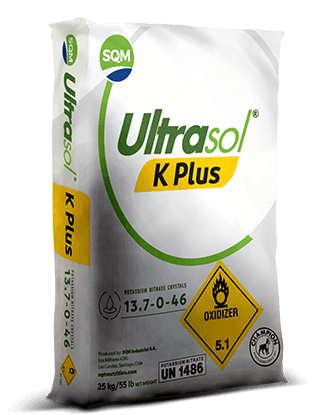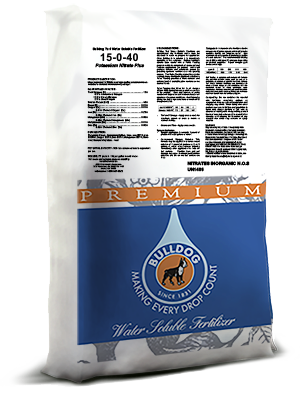Cocoa trees are sensitive to sunlight intensity, and therefore, they are normally grown under shading trees.
Naturally, these trees are taking up a certain amount of the nutrients, present in the soil, making it practically impossible to define which part is taken up and recycled (through litter fall, root turnover, and rainwash) by each one of the trees participating in the system. Naturally, different shade tree species produce different amounts of litter, and the amount of litter produced also depends on the age of the plantation as older systems have more litter fall.
An additional factor participating in this balance is the usage of leguminous trees such as Inga jinicuil, Gliricida sepium and Erythrina poeppigiana, as shading trees. Being leguminous they are fixing atmospheric nitrogen at ~35-60 kg/ha/yr, introducing it directly to the soil system, and as aboveground leaf litter fall, which produces an overall positive nitrogen balance. If such trees are not used, the recycling rate of the organic litter of both nitrogen and phosphorus is very slow, and difficult to quantify.
Current recommendations for fertilizer application by tree age are as follows:

*Assuming 1333 trees/ha; ** Should be adjusted by leaf analysis, see following tables




